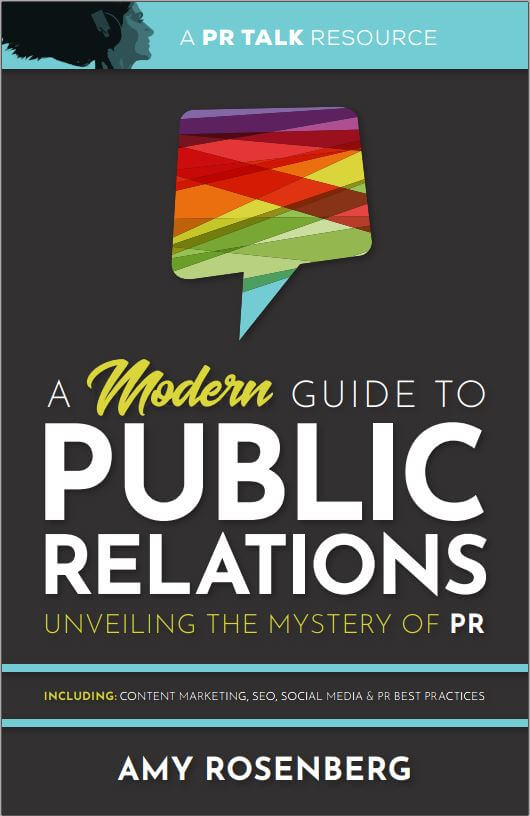In 1982, seven people in Chicago died after taking extra-strength Tylenol capsules laced with cyanide. While the police searched for a suspect, Johnson & Johnson — Tylenol’s parent company — faced a crisis: how would they communicate with a shocked and scared public?
The company acted quickly by removing Tylenol from store shelves and issuing a nationwide warning not to take their product. Tylenol was the country’s leading pain reliever at the time, so the move cost Johnson & Johnson millions. However, their decision to prioritize people over profit helped regain consumer confidence.
While authorities never uncovered the person responsible for the poisonings, Tylenol’s response has become a case study for effective crisis communication. The company ultimately regained its lost market share thanks to its quick response and clear, transparent messaging. The crisis also spurred the company to introduce an innovation designed to prevent the same thing from happening again: the tamper-proof bottle.
Crisis Communications is Business Insurance
While most of us will never face a crisis on the scale of the Tylenol poisonings, these events offer a potent lesson for business leaders. Issues like sexual harassment, customer data breaches and industrial accidents happen every day and carry clear risks to an organization’s reputation and ability to operate. Without a crisis plan, there’s a serious risk of making potentially fatal mistakes.
Ultimately, proactive crisis communications is a form of insurance that will help protect your businesses against the challenges that are out of your control. In the age of instantaneous information, the media and public will expect a near-immediate response, which you won’t want to compose in the heat of the moment. With that in mind, here’s how to begin proactively planning for a crisis.
Get Your House in Order First
When a business faces a crisis, the media and public will often visit the company’s website and social media channels to obtain background information to make a judgment. That means your blog and social media presence can be the first line of defense against bad sentiment.
In most cases, you won’t know beforehand that a crisis is about to hit. However, if you’re currently using your blog and social media channels to tell a bigger story about yourself — like how your business treats its employees well or all the good it does in the community — you’re already communicating positive messages to the public. That way, you’ll leave a more favorable impression if a crisis arises.
Sometimes, a company will know when bad news is on the horizon, like an unfavorable regulatory ruling. In those cases, it’s possible to use your blog and social media presence to soften the blow of what’s to come and tell your side of the story.
In either case, it’s impossible to use these tools to your benefit if you’re not actively employing them. So, create a content schedule that tells your company’s story and stay consistent with posting. These practices help lay the groundwork you’ll need to face a crisis.
Create a Crisis Plan
Once you’ve established a content creation routine, it’s time to start creating your crisis response plan.
Step 1: Brainstorm
The first element in creating your plan is establishing a list of realistic threats your organization could face. An effective way to develop this list is by gathering a group of stakeholders and asking, what’s the worst thing that could happen? Then rank those responses by their likelihood and potential risk to the enterprise. For example, the chance of a data breach is high for just about any organization. However, that particular crisis could impact a financial institution much differently than it would a construction company.
Step 2: Respond
Once you’ve established a list of likely potential crises, begin crafting responses to each threat. Start with creating simple pull quotes you can get approved. That way, if the worst ever occurs, you have something prepared and vetted in advance. You aren’t required to use what you’ve created, either. But you’ll at least have established a starting point that can be updated or revised to fit the specific circumstances.
Step 3: Plan
Now that you have an official company response to each of your imagined crises, you can build your communication plan. Start by assigning who will speak for the company in each situation. Is it always the CEO? Or will the response come from the subject-matter expert in each area, like the CFO or human resources (HR) director? Your plan should also include a backup company representative in every area that can cover if the lead is unavailable during the crisis.
How and when you communicate with employees should also be a part of your crisis planning, so it’s wise to include HR in this process. Creating policies that prohibit employees from speaking to the press without permission may also be necessary.
Step 4: Execute
Like everything in business, this is all easier said than done. However, developing a crisis response plan is critical for any business that wants to thrive in today’s world. One effective way of executing this work is to tackle a single potential crisis each month. This method prevents overwhelm and enables you to create more thorough and authentic responses.
Instead of a single pull quote, you could have website messages, social media posts, blog entries and email communications prepared on each topic in advance. Once you’ve tackled all your most significant potential threats, you can revisit your previous plans and make any necessary changes.
New Technology Brings New Threats
While proactive crisis communications could become even more critical as artificial intelligence (AI) technologies become more prevalent. Tools like ChatGPT have the potential to create seemingly authoritative content that could be rife with errors or misinformation. Problems could arise when organizations deploy these technologies incorrectly or, more seriously, be targeted by them maliciously. As we enter this new era, communications workers must be able to identify harmful information and respond effectively.
Bad Actors Need Not Apply
Underlying this all is the issue of business ethics. This proactive crisis communication framework is not intended for organizations that behave badly and hope to avoid public consequences. Rather, it exists so that organizations can respond swiftly, effectively and transparently when the unexpected happens.
Remember These Principles
Even the best-run organizations can encounter unexpected trouble. The Tylenol brand could have become extinct had they mishandled their devastating crisis. However, they remained honest, transparent and remorseful throughout and made significant changes that improved their product and protected their customers. More than forty years later, they remain one of the country’s most recognized brands.
As you’re building your own crisis communication plans, allow these principles to guide your responses. When the process is finished, you’ll have positioned your organization to survive a crisis and come out better on the other side.









